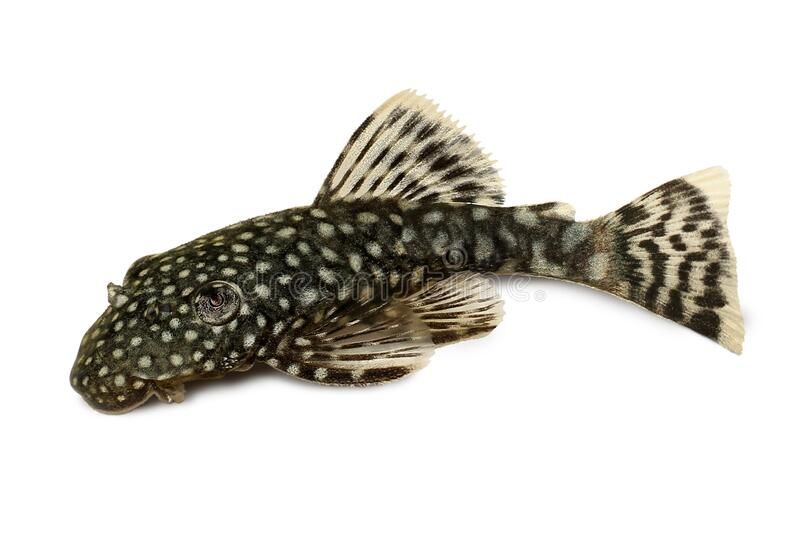Customer Reviews
Testimonials

The overall packaging was very good, keeping the plants moist till they reached home. They've come up well too, except one which is probably due to my overactive fishes. Happy with bunnycart, planning more orders soon...
Sujesh Nair

Dear Bunnycart, I am Very Happy To Buy Products On your site,Good Package and shipping. I Request You To More Products on your site listing, And Re stock sold out products quickly
Nagaraj N

Very good quality plant products delivered with great packaging. Everything was delivered in great condition. Looking forward to more orders in the future.
Nidhish Kumar V N

Hi thanks for quick service. Ordered about 52 fishes and most of them seem OK when I received it. But found two of mixed guppies were dead and floating moment I transferred to aquarium. I removed them immediately.
Kiran

My go to website for aquarium plants. Awesome service. Good plants at reasonable price. I have ordered for two times and on both occasions plants were healthy and delivered alive (even in this pandemic).
Chaitanya thakare

Initially I was a bit apprehensive about the genuinity of this website as there are couple of Fraudulent websites which market this stuff. But the way Bunnycart team has handled the order is worth praising. They are genuine and truthful people one can trust. The quality of fish they sent me is unmatched in contrast with the kind of fish being sold in Delhi. The colours of Neon Tetra, Glowlight Tetra, Endlers Guppy and Yellow Guppy are so vibrant that too at a very competitive price. I am waiting for some more fish to get available n their stock so that I may re-order soon. We must appreciate and promote their business in order to encourage them increase their product range.
Monis Kamal










